
Victorian homeopathic timeline
There is some confusion as to who actually introduced homeopathy to Victoria, however, it goes something like this…..
1850 (3) Dr. John Hickson practiced in the suburbs of Melbourne then moved his practice to Collins Street. By 1870 he had one of the largest practices in the colony. He also promoted homeopathy in “The Argus” a Melbourne newspaper. (4)
Mr. Thienette de Bérigny from France wrote articles on homeopathy in “The Age” a Melbourne newspaper. (4)
1861 A colony census showed that there were 592 medical practitioners. 61 of these were medical doctors; the remainder were midwives and homeopaths. (3)
1864 Dr. Robert Ray studied medicine at the Royal College of Physicians in London and was a member of the Royal College of Surgeons was convinced to travel to Australia by his brother who was practising homeopathy in the goldfields. Dr. Ray had a Collins Street practice. (4)
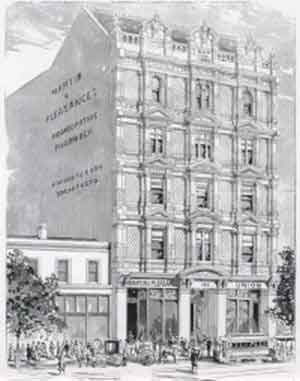
1855 The Origin of Martin and Pleasance – Mr. Kidner opened his homeopathic pharmacy at 85 Collins Street. (4) Between 1855 and 1860 Mr. Edward Gould joined forces with Mr. Kinder and the pharmacy was renamed Kidner and Gould. (4)
1860 (2) Mr. Edward Gould became the sole owner of the homeopathic pharmacy, renaming it
Gould and Son (4), he also moved the business to 90 Collins Street. (6)
1864 (2) Mr. R J H Martin joined Gould and Son; the business was renamed Gould and Martin. Not long after Edward Gould returned to England leaving Mr. Martin as the sole proprietor. He retained the name of Gould and Martin. (6)
1869 Homeopathic physicians would meet at the rooms of Gould and Martin to discuss the opening of a homeopathic dispensary in Melbourne. (4)
1878 Charles Pleasance became partners with R. Martin at which time they renamed the pharmacy Martin and Pleasance. (2) Charles Martin studied medicine and was articled to Martin and Gould before becoming one of the owners. (2) He was born in England and came to Australia in 1855. (6) He was elected the first Lord Mayor of Melbourne. (2)
1886 Charles Pleasance became the sole owner of Martin and Pleasance. (2) Up until the closure of the Melbourne Homeopathic Hospital in 1924, Martin and Pleasance supplied the hospital with its remedies. (1) The son of Charles Pleasance, Frederick, continued to run the family business after Charles. Succeeding Frederick were the brothers Charles and Phillip Pleasance. (6)
2005 Martin and Pleasance celebrates 150 years of business, the company is no longer owned by the Pleasance family, and continues to provide quality homeopathic remedies to practitioners.
Homeopathic dispensaries
1863 -1869 Geelong Homeopathic Dispensary provided services free of charge. (6)
1873 -1876 Ballarat Homeopathic Dispensary. (4)
1900 There were three Homeopathic Hospitals and several homeopathic dispensaries in Australia. (1)
Melbourne Homeopathic Dispensary
1852 Dr. J. W. Günst was a graduate of the University of Leyden in Holland. Heoriginlly went to Sydney before Melbourne. He was an active member in founding the Melbourne Homeopathic Dispensary. (4)
1869 On 30th October it was decided to open the Melbourne Homeopathic Dispensary to provide free service to the people of Melbourne. A house was leased at 153 Collins Street and on 22nd November the dispensary doors opened to the public. (4)
1870 Dr. J. W. Günst published “The homeopathic progress in Australia” journal, it ran for 1 year, there are copies in the Melbourne State Library. (1)
1873 Dr. Jeremy Gould from Edinburgh University was appointed honorary physician. (4)
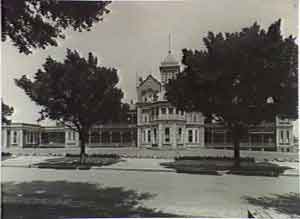
1874 The Melbourne Homeopathic committee consisted of 15 influential Melbourne women who raised money and awareness for the hospital. They persuaded the Melbourne Homeopathic Dispensary to join them in their efforts to build a homeopathic hospital. They received a government grant for land on St Kilda Road. (1)
1876 Whilst the hospital was being built the Melbourne Homeopathic Hospital operated from a three story terrace house at 17 Spring Street. It had an outpatient department and 14 beds. It was the first homeopathic hospital in the Southern hemisphere. (1) The hospital did not have sufficient funds to employ a dispenser, and so purchased their remedies from Gould and Martin (Martin and Pleasance) and Poulton’s pharmacy. (5)
1880 Dr. Alexander Murray was appointed honorary surgeon. (4)

1885 -1891 Dr. Wilbur Knobble Bouton from the Boston University School of Homeopathic Medicine, Massachusetts, was the resident medical officer at the Melbourne Homeopathic Hospital. He also had a practice in Collins Street. From 1891 until his death he was the surgeon in charge. (4)
1889 The hospital treated 408 cases of typhoid fever with a mortality of 10.29%, whilst the Melbourne Hospital treated 351 cases with a 22.22 % of mortality. (7)
1906 The Victorian branch of the British Medical Association drew up a code of ethics forbidding members to work with homeopaths. Under the new medical act, the number of homeopathic medical practitioners that could be registered in Victoria was limited to one per year if those medical practitioners came from Boston or New York. There was a limited supply of homeopathic doctors from the U.K., however practitioners from the USA were not recognized by the British Medical Association. (4)
1917 Dr. Janet Cooper, from Nova Scotia, was appointed as the first female homeopathic doctor at the Melbourne Homeopathic hospital. Between 1921 and 1948 she was a member of the honorary medical staff and was awarded an OBE for her work in welfare. She was also the first female mayor of South Melbourne, elected in 1958. (4)
1924 Allopathic doctors were allowed to practice at the hospital due to a lack of medical practitioners who had homeopathic training. Many changes were made after this time, as the hospital was no longer exclusively homeopathic. (4) Shortly afterwards the hospital was renamed Prince Henry’s Hospital (1934) and ceased to be a homeopathic facility. The Melbourne Homeopathic subsisted for 66 years. (1)
REFERENCE MATERIAL
(1) Culmingham, J. Homoeopathy in Melbourne; A Historical Perspective. Diversity; Vol. 5,1995
(2) Archives of Martin and Pleasance promotional material
(3) Beeby, R. Homoeopathy how it can help? The Age – Tempo; June 2nd 1993
(4) von Moger, J. Homeopathic History in Victoria. www.homeopathiccentre.com.au/Homeopathv Victoria.htm
(5) History of Australia. www.homeocases.org
(6) Foard, D. Martin & Pleasance a story of pharmacy for 117 years. The Australian Journal of Pharmacy; July 1993
(7) Watson, W. G. Letter to the editor. Australasian Medical Gazette; May 1890

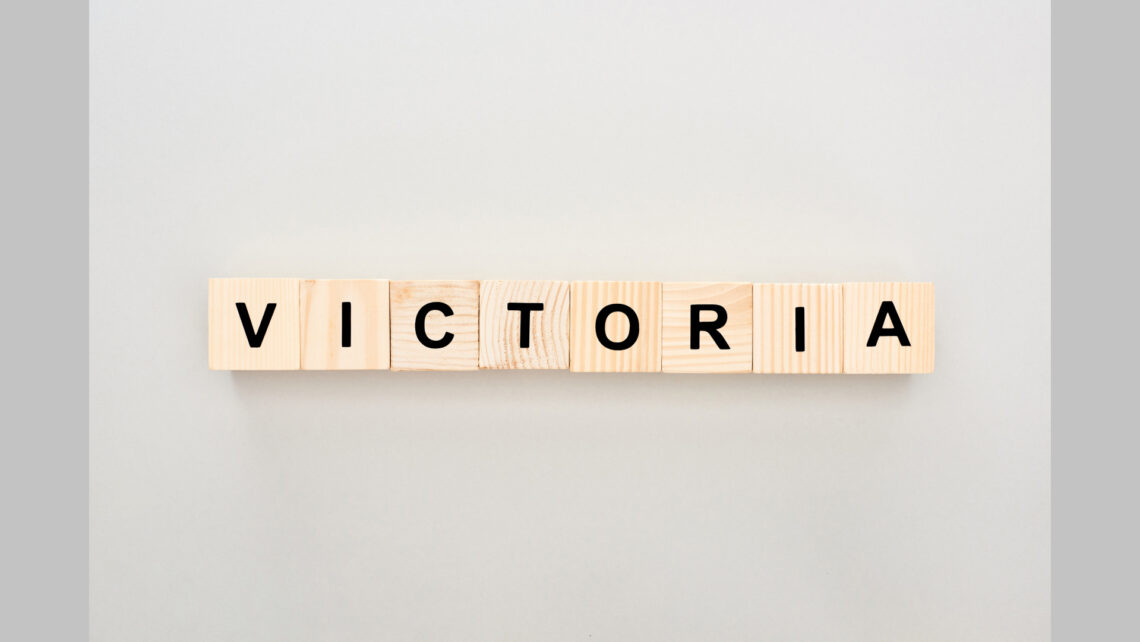

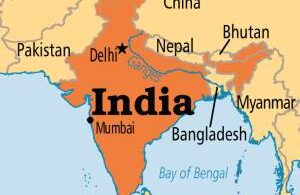
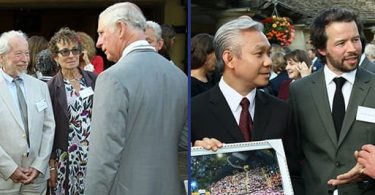
Unfortunately this article contains many factual errors. Readers should note the following corrections:
(1) Homœopathy was introduced to Australia well before the days of the gold rush in the 1850s. For further information see the article by Barbara Armstrong, “Early Knowledge of Homœopathy in the Australian Colonies” at http://www.historyofhomeopathy.com.au/
(2) The reference to Dr Stephen Simpson is incorrect. For further details about Dr Simpson see the article by Barbara Armstrong, “Australia’s First Homœopath” at http://www.historyofhomeopathy.com.au/
(3) 1850 – Dr Hickson. While Dr Hickson did arrive in Australia in 1850, he did not commence practice until several years later.
(4) The wrong date (1850) is given for Thienette de Bérigny – he did not arrive in Australia until 1854.
(5) The wrong date (1864) is given for Dr Robert Ray. This should be 1862.
(6) The wrong date (1855) is given for the origins of Martin and Pleasance. Mr Kidner did not arrive in Melbourne until 1858, and did not establish the Kidner and Gould Pharmacy until 1860. The correct date is in all the advertisements of the time, and is even featured on the “new” building which was built in Collins Street many years later, which still survives. For more details about the origins of Martin and Pleasance see the article by Barbara Armstrong, “Two Early Homœopathic Pharmacies in Melbourne” at http://www.historyofhomeopathy.com.au/
(7) The pharmacy did not commence business at 85 Collins Street. For a few months of 1860 it was located at 102 Collins Street East, before moving to 90 Collins Street East. (Note that the “East” was a very important part of the address at that time.) The pharmacy did not move to 85 Collins Street East until many years later.
(8) Edward Gould did not join forces with Mr Kidner “between 1855 and 1860”, as he did not arrive in Australia until 1860.
(9) After Charles Pleasance joined the company, it continued to be advertised as Martin & Co until 1883, when it was renamed as Martin and Pleasance.
(10) The reference to Charles Martin (under the heading 1878) should refer to Charles Pleasance.
(11) The Melbourne Homœopathic Hospital did not close in 1924. It continued until 1934, when it was renamed Prince Henry’s Hospital in honour of the Prince who was to visit Melbourne that year. For more details about the history of the Hospital see the article by Barbara Armstrong, “The Melbourne Homœopathic Hospital” at http://www.historyofhomeopathy.com.au/
(12) The Geelong Homœopathic Dispensary did not cease in 1869. It continued operation until at least 1892. For more details about the history of the Dispensary see the article by Barbara Armstrong, “The Geelong Homœopathic Dispensary” at http://www.historyofhomeopathy.com.au/
(13) Dr Günst did not arrive in Melbourne until 1864. The date of 1852 is therefore misleading.
(14) There had been several previous attempts to establish the Melbourne Homœopathic Dispensary prior to 1869. For more details about the history of the Dispensary see the article by Barbara Armstrong, “The Melbourne Homœopathic Dispensary” at http://www.historyofhomeopathy.com.au/
(14) Dr Bouton’s name is incorrectly spelled. It should be Dr Wilbur Knibloe Bouton, not “Knobble”.
The website http://www.historyofhomeopathy.com.au is dedicated to Australia’s homœopathic history and is constantly being updated with the results of latest research, as well as corrections to previous assumptions about our homœopathic heritage. Students and researchers should refer to this website for accurate and up-to-date information regarding Australia’s homœopathic history, including more details about the above people and organisations.
Barbara Armstrong
Homœopathic Historian
[email protected]
Dr. Joseph von Moger practised Homoeopathy from the early 1950’s to the late 1980’s in Kew, Victoria, Australia.
It should be noted that as of October 2022 the website for the history of homoeopathy in Australia has been updated to: http://www.historyofhomeopathy.au